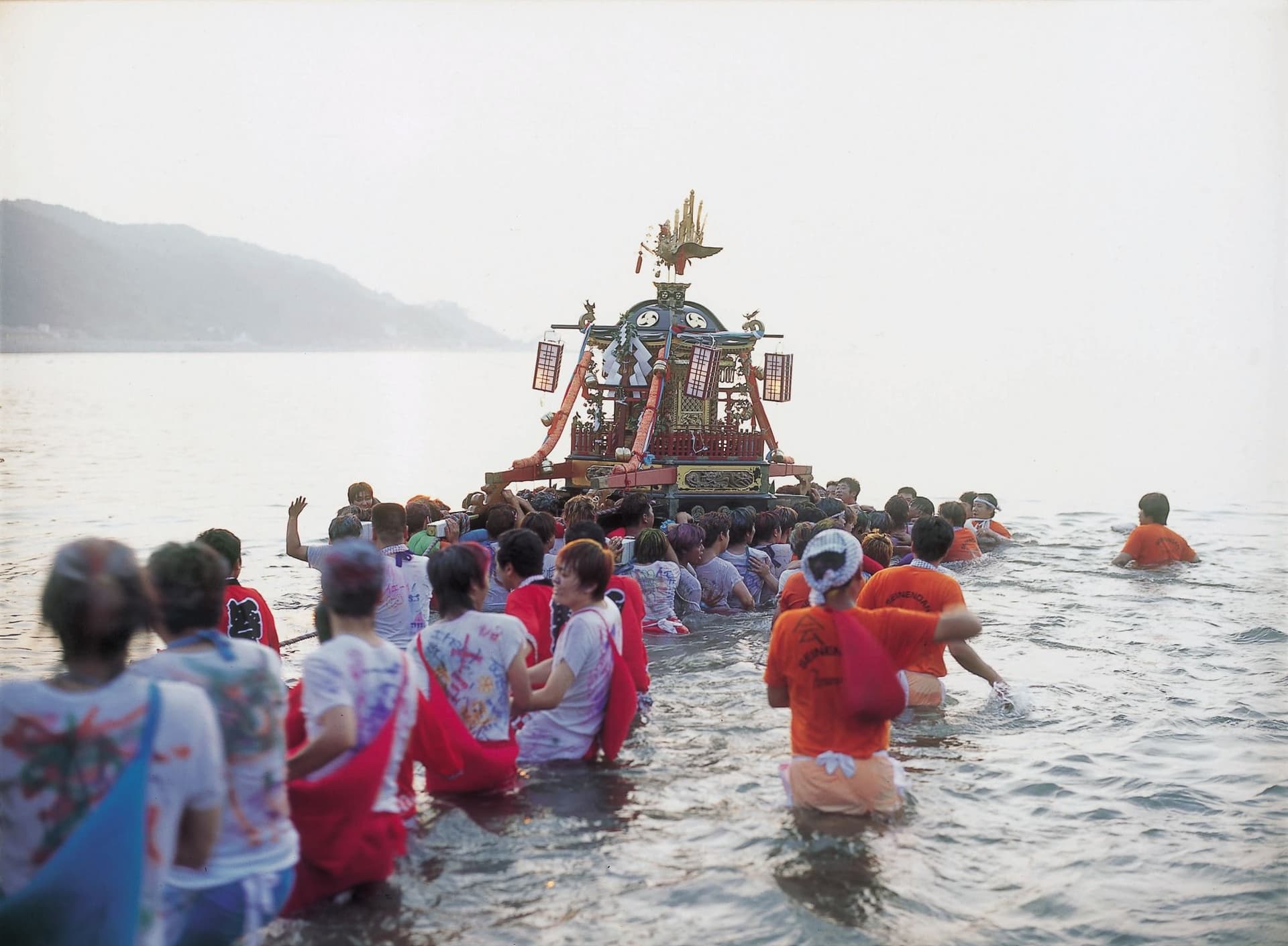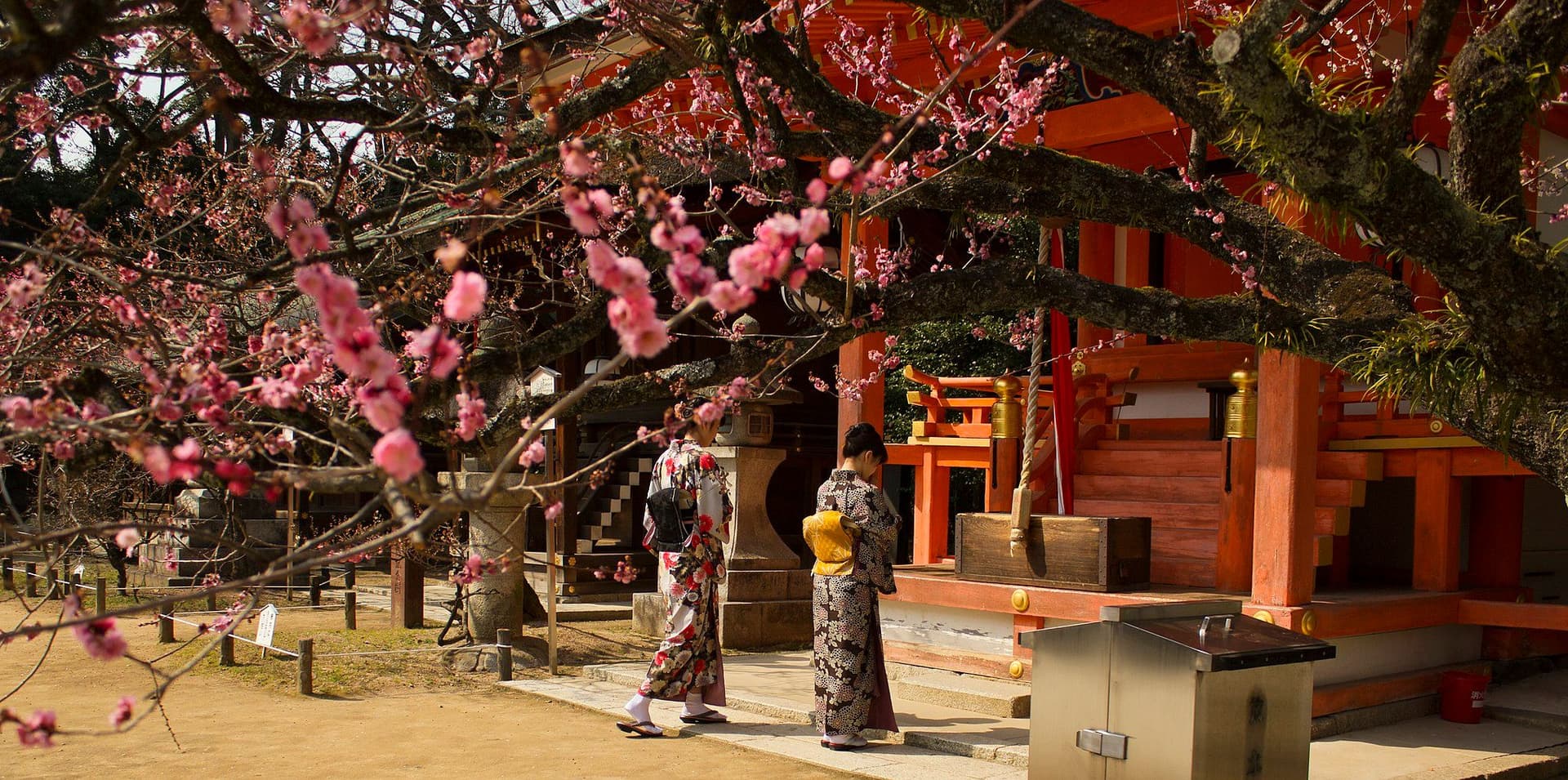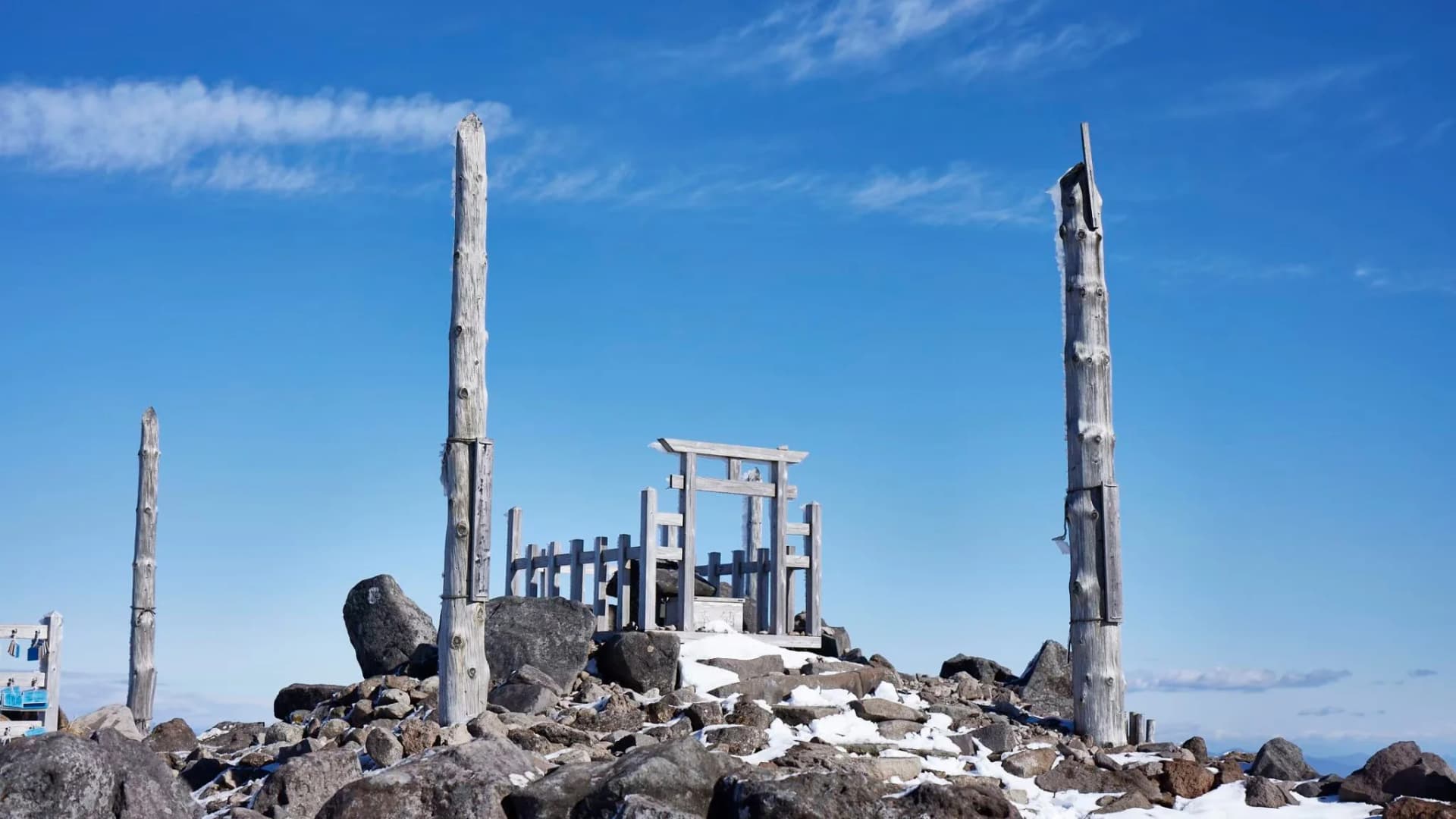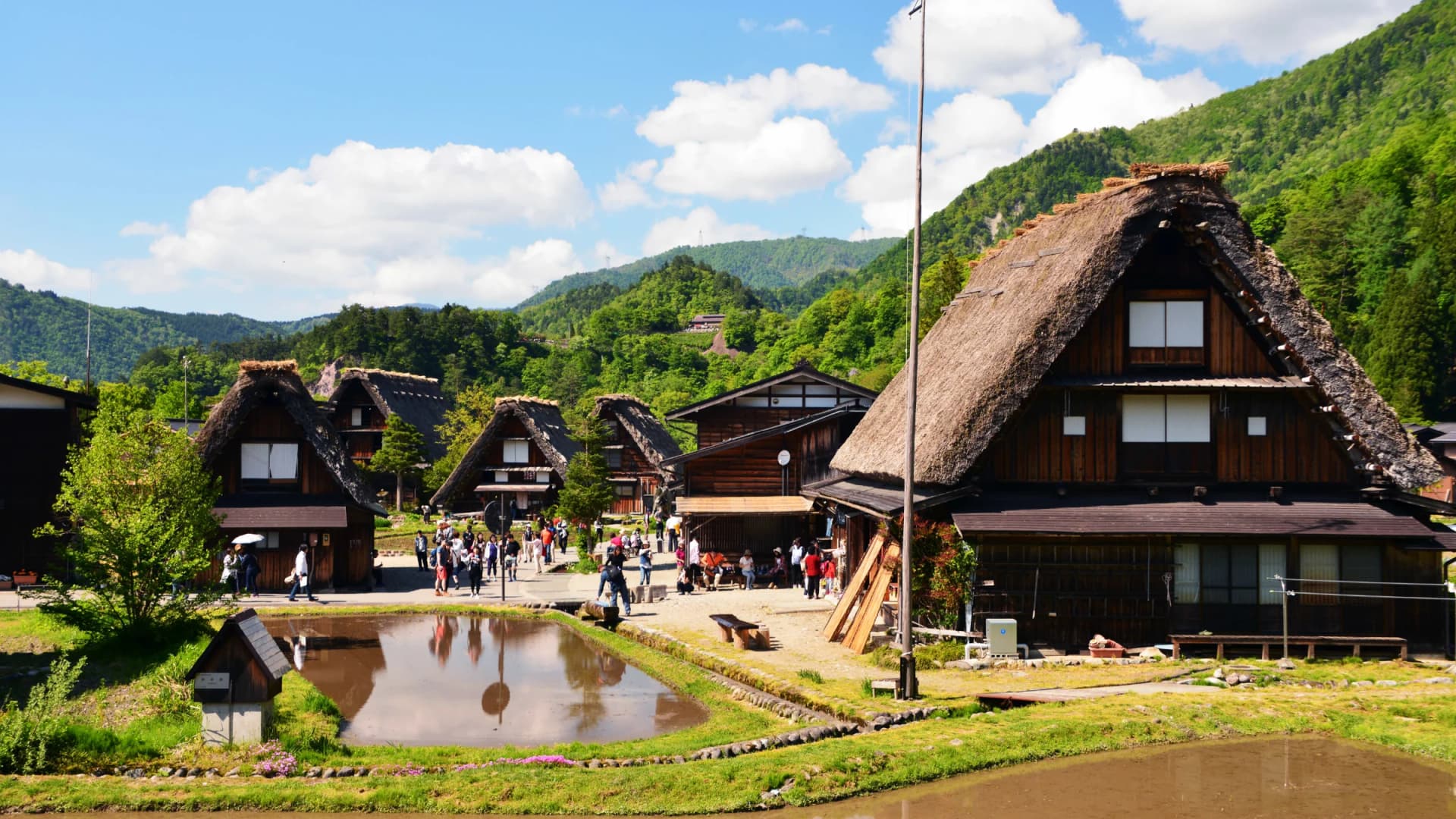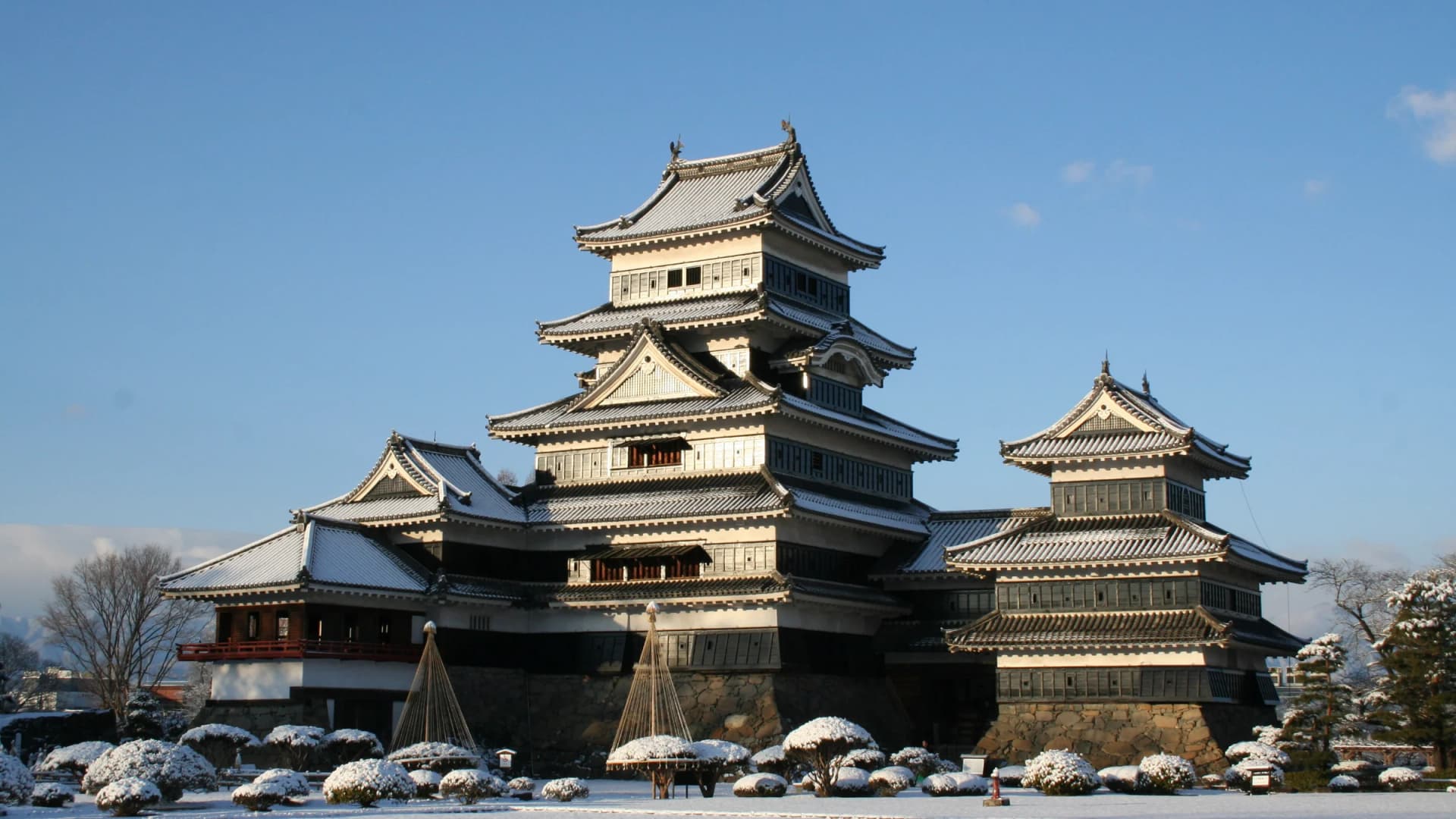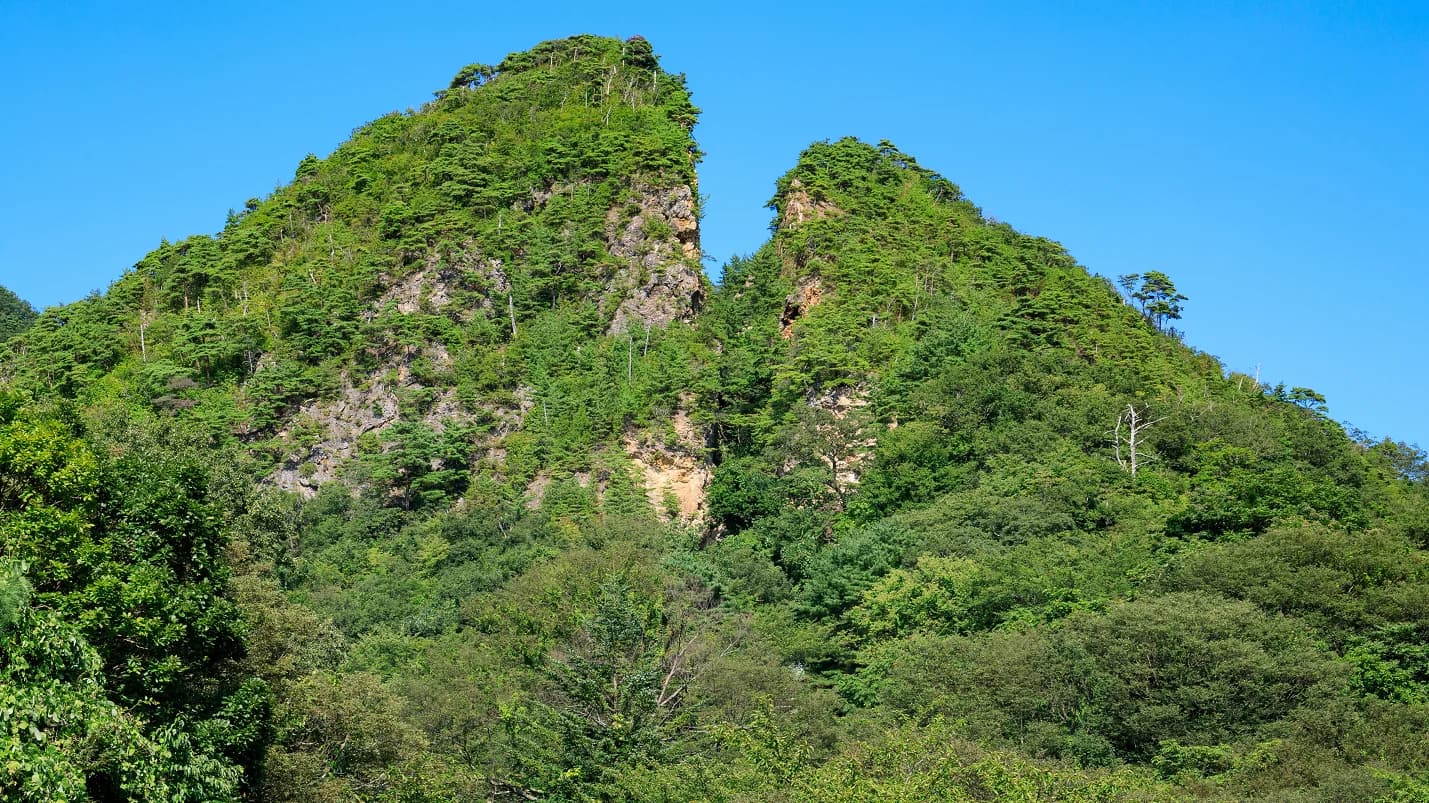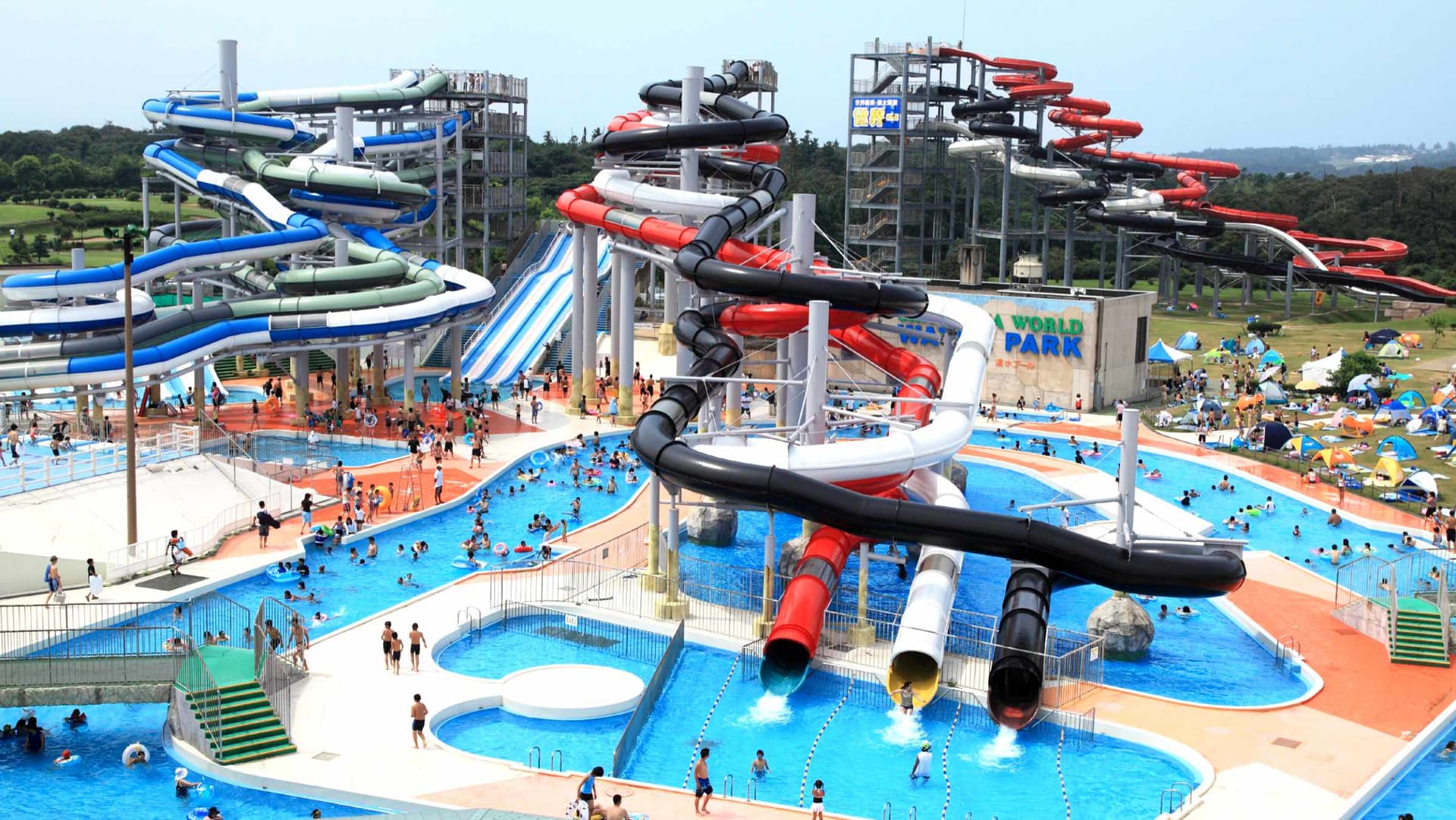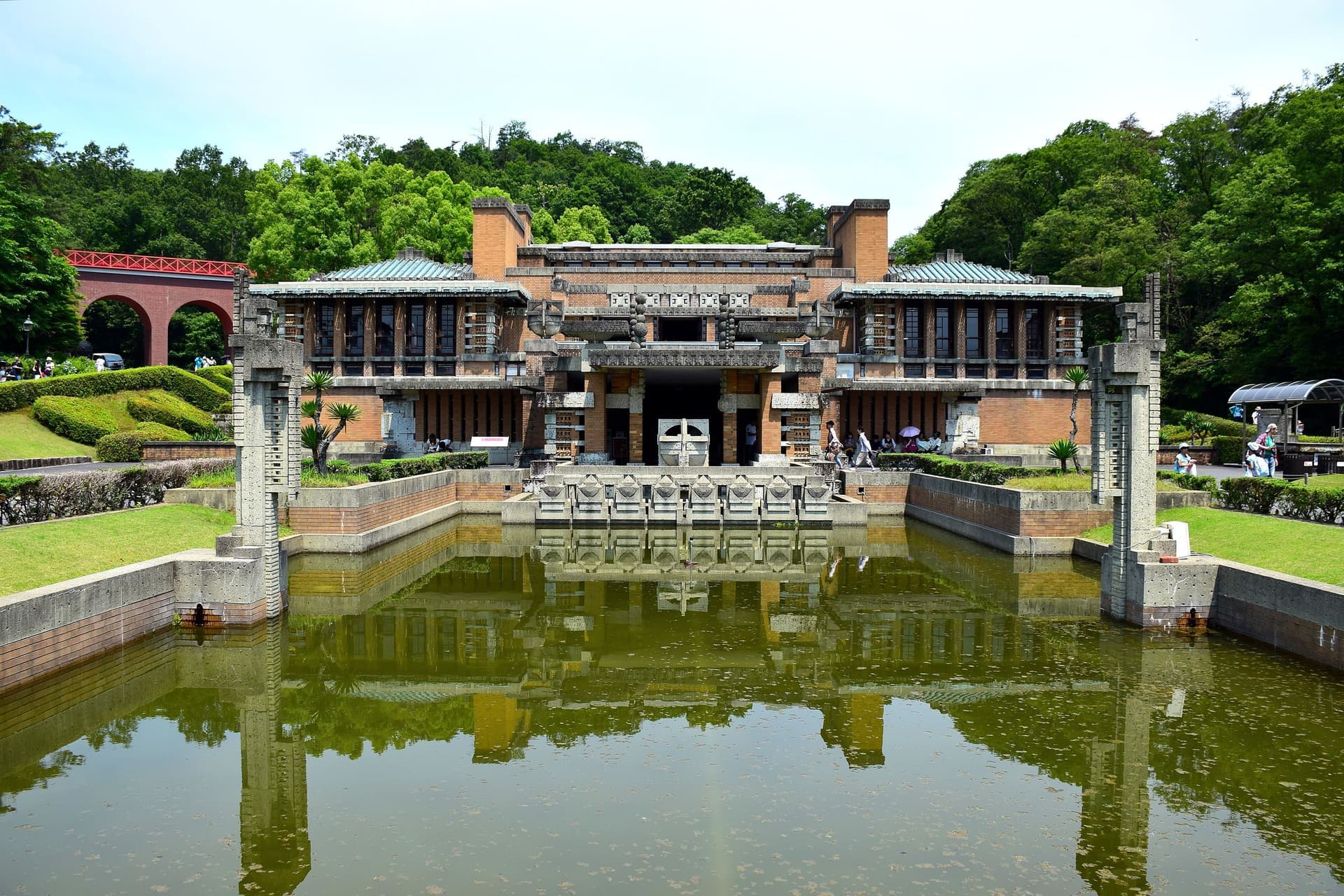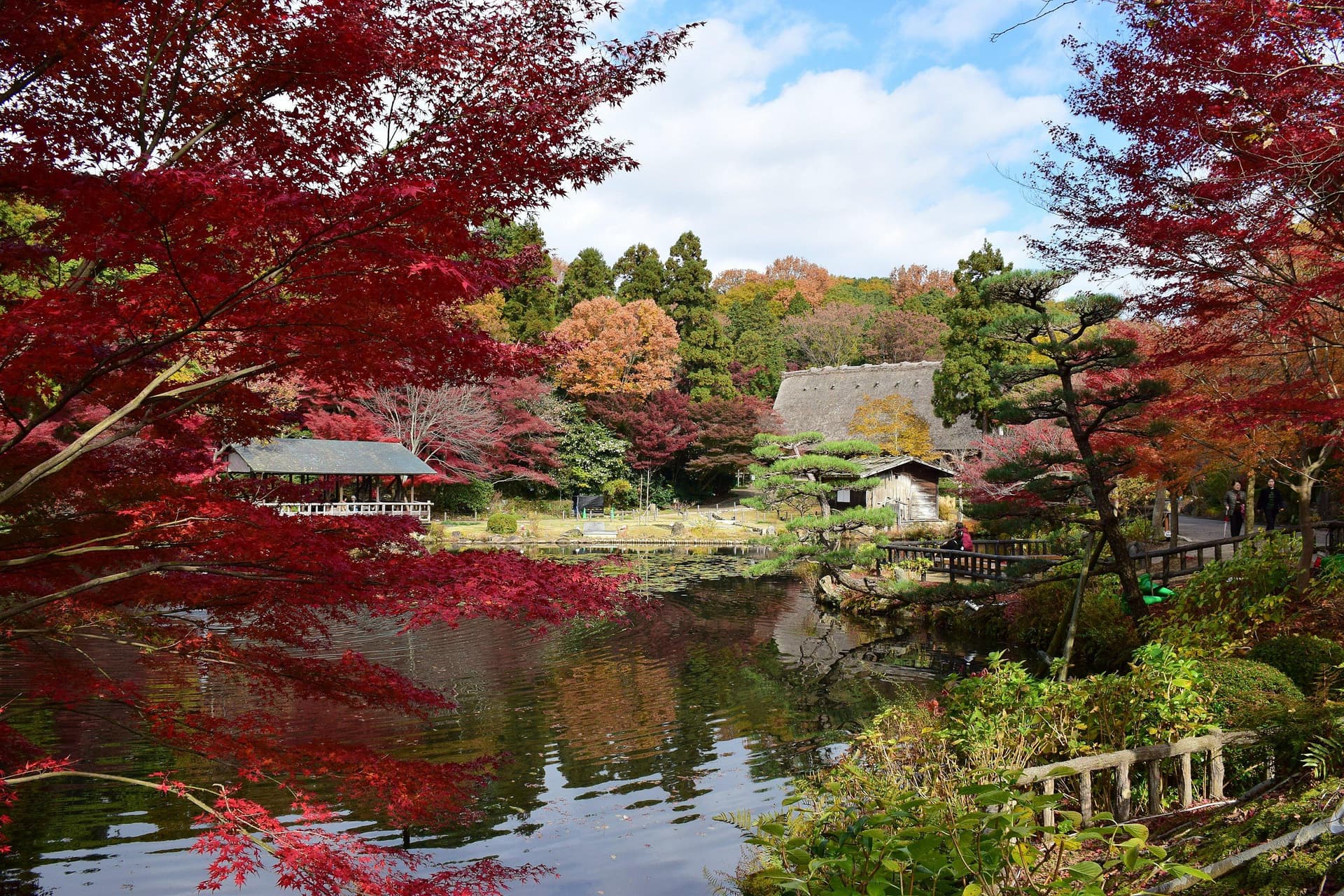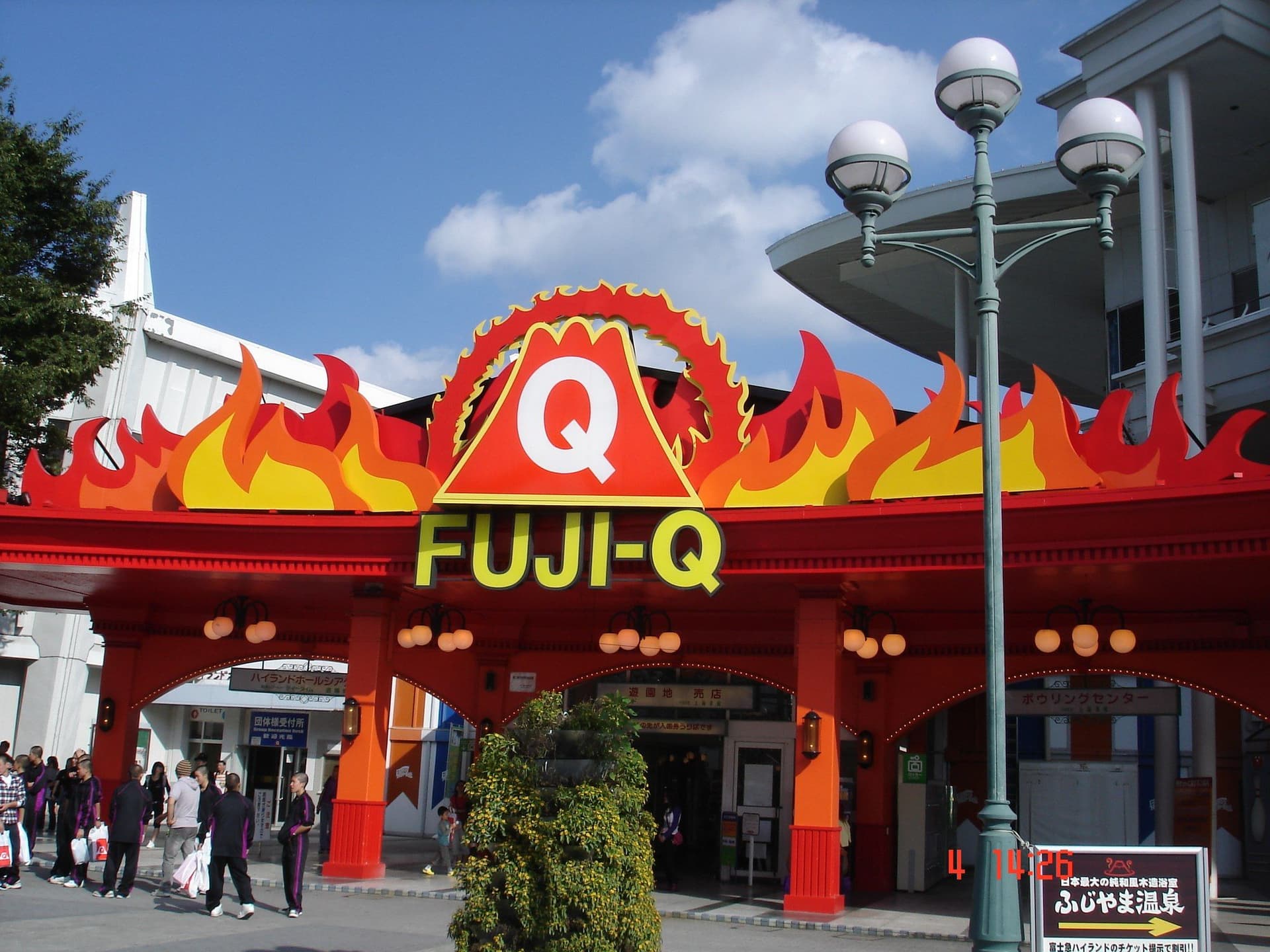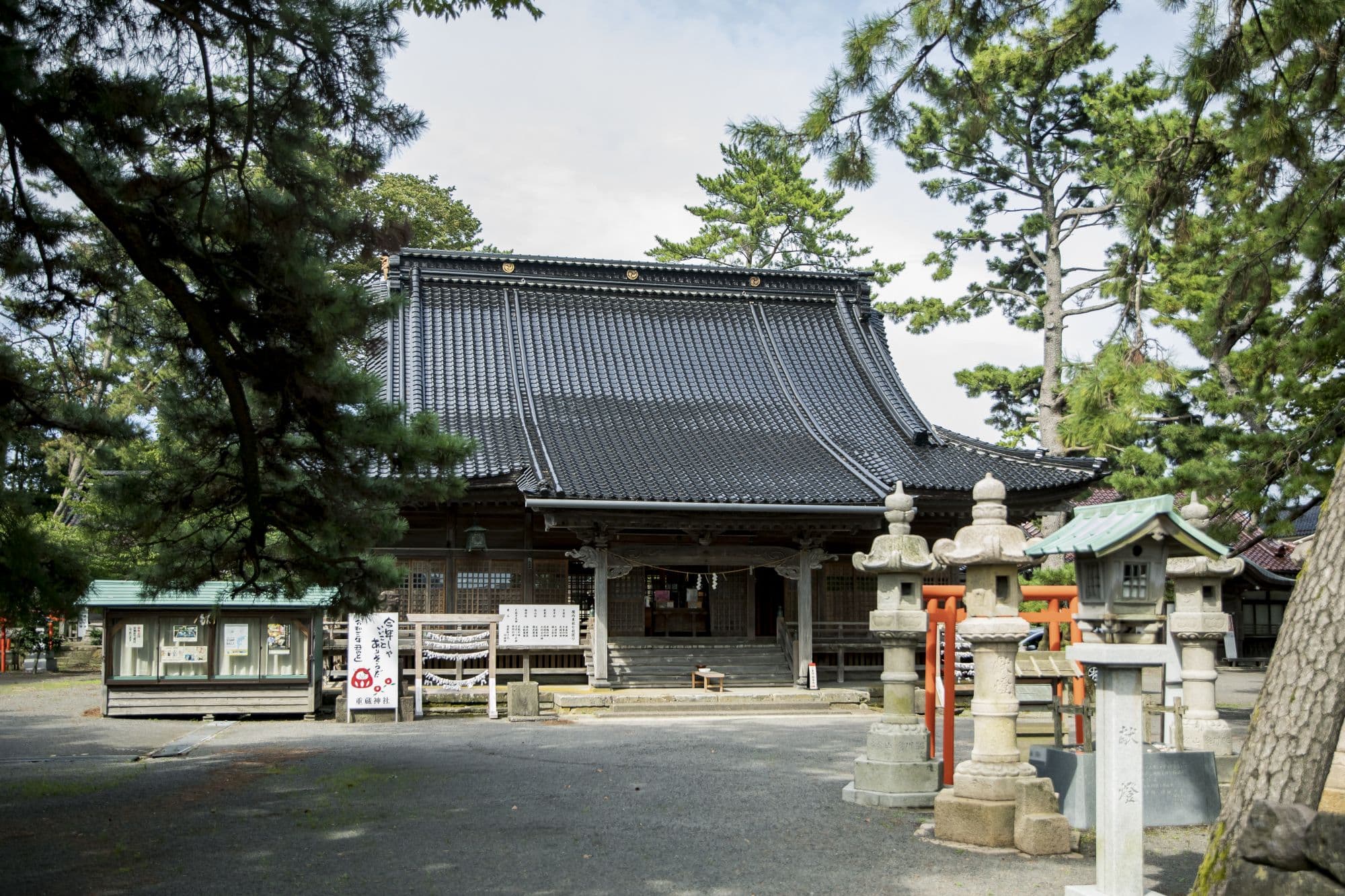
Juzo Shrine
重蔵神社It is believed that Juzo Shrine corresponds to either Fugeshihiko Shrine or Hetsuhime Shrine, both listed in the Engishiki - a 10th-century Japanese legal and ritual code detailing government administration and official shrine listings - and has long held significance as the principal shrine (sōja) of the former Fugeshi District in Ishikawa.
Today, the shrine is dedicated to two main deities: Amenofuyukinu no Mikoto and his son Ōkuninushi, the Shinto god of nation-building, medicine, agriculture, and matchmaking. Ōkuninushi is also famous in legend as a kind-hearted deity known for saving the White Hare of Inaba.
In addition to the main deities, fourteen other kami (divine beings) are enshrined, including the Five Male and Three Female Deities born from the oath exchange between Amaterasu Ōmikami and Takehaya Susanoo no Mikoto. These deities are:
Five Male Deities
- Masaka Akatsu Kachi Hayahi Amano Oshihomimi no Mikoto
- Ame no Hohi no Mikoto
- Amatsu Hikone no Mikoto
- Ikutsu Hikone no Mikoto
- Kumano no Kusubiko no Mikoto
Three Female Deities
- Tagiri Hime no Mikoto
- Ichikishima Hime no Mikoto
- Tagitsu Hime no Mikoto
Within the precincts are several subsidiary shrines and sacred objects, including Koyasu Shrine, Akiba Shrine, Konpira Shrine, Hakusan Shrine, Inari Shrine, Sugawara Shrine, and the Kaname-ishi (sacred keystone).
History of Juzo Shrine
Juzo Shrine is said to have been founded long ago during the reign of Emperor Sujin - an emperor whose lifetime events are recorded in both the Kojiki and the Nihon Shoki, and who is considered the first emperor whose historical existence is generally accepted.
Later, in May of 756 AD (the 8th year of the Tenpyō Shōhō era), the temple was established by the Shugendō Buddhist monk Taichō. Since then, it became a shrine where Shinto and Buddhism were closely combined (shinbutsu shūgō), and was also known by names such as Juzo Gongen, Juzo Daigongen, and Juzo-no-miya. Gongen refers to the manifestation of Buddhist deities in the form of Shinto kami.
The shrine complex once included numerous halls and pagodas. It was deeply revered by both local lords and common people. During the medieval period, notable construction and repairs of the shrine buildings were carried out by local governors, including the Hasebe clan and the Nukui clan, vassals of the Hatakeyama family.
In 1582, Maeda Toshiie, founder of the Kaga Domain who entered Noto, dedicated weapons and pine torches to the shrine. This became a regular custom maintained by the Maeda family until the Meiji Restoration.
In 1872, Juzo Shrine was designated as a village shrine (gōsha), and in 1906, it was elevated to a shrine receiving offerings of sacred rice cakes and silk (shinsenheihaku-ryō kyōshinsha), symbolising its importance and support by the state or court. The main hall was also designated a specially protected building that year. However, it was destroyed by a great fire in 1910. The main hall was later rebuilt based on the original design, and in 1918, the shrine was promoted to the rank of prefectural shrine (kensha).
Treasures of Juzo Shrine
Juzo Shrine houses several culturally significant treasures, the most notable being a wooden Bodhisattva mask currently held at the Tokyo National Museum. This ceremonial gyōdōmen mask - used in Buddhist processions where monks chant sutras while walking - dates from the late Heian to early Kamakura period. It is considered to be of the same type as those at Tsurugaoka Hachimangū in Kamakura and is recognised as one of the finest examples in Japan. Originally designated a National Treasure in 1900, it was reclassified as an Important Cultural Property in 1950.
Other notable items include:
- A sacred mirror offered by Emperor Daigo
- A bronze vessel donated by Nobutsura
- Calligraphy presented by feudal lords
- A pilgrim’s staff once used by the monk Taichō
- A chinkin (gold-inlaid lacquer) folding screen donated by Taihō Mae, a Wajima chinkin master and 'Living National Treasure', designated as a holder of Important Intangible Cultural Property.
Juzo Shrine and Its Deep Roots in Community Life
Juzo Shrine sits at the heart of Wajima’s cityscape, with its approach leading directly to Kawai Honmachi Street - better known as “Morning Market Street”. Each morning, this street comes alive with rows of stalls, continuing a vibrant market tradition that has thrived for over a thousand years. This morning market, one of Japan’s three great morning markets and the oldest among them, traces its origins to the sacred grounds of Juzo Shrine, where barter markets were held on festival days as early as the Heian period. Through the Muromachi period, these markets took place monthly, eventually evolving into a daily event by the Meiji era, becoming an integral part of local life and commerce.
The shrine itself is also closely linked to Wajima’s celebrated lacquer craft heritage. The main hall of Juzo Shrine was originally built in 1296, and a century later, its inner sanctuary doors were beautifully lacquered in vermilion. Though the harsh sea breeze and salt spray caused damage over time, the doors were carefully restored in 1768 by the renowned craftsman Yaheiji Matsumoto. Historical records confirm that by the mid-Edo period, Wajima was home to many skilled lacquer artisans, establishing the city as a major centre of lacquerware production. Even after the main hall was destroyed by fire in 1910, the sanctuary doors were miraculously recovered floating in Wajima Bay and restored for use in the rebuilt hall, symbolising resilience and continuity.
Beyond the city, Juzo Shrine’s influence extends to the nearby Hegurajima island, famed as a home to the ama - female free-divers who have maintained their traditional sea-harvesting lifestyle for centuries. According to local tradition, these ama originally came from Kanzaki in Chikuzen (modern-day Munakata City, Fukuoka Prefecture) during the 16th century. They brought with them the worship of the three female deities of Munakata Taisha and established Okutsuhime Shrine on Hegurajima. This connection also ties back to Juzo Shrine, which is thought to correspond with these ancient traditions, especially as Hegurajima was once called “Juzo Island”. The geographical alignment of Hegurajima, Nanatsushima, and Wajima hints at a shared spiritual heritage that continues to shape the region.
Related topics
At Hey Japan!, we strive to keep the places listed on our website as current as possible. However, it is important to note that location owners or management may make changes to their plans, including canceling events, altering opening times, or modifying admission requirements, without prior notice. To ensure that you have the most accurate information, we recommend checking official websites before visiting any location.
Last Updated:
